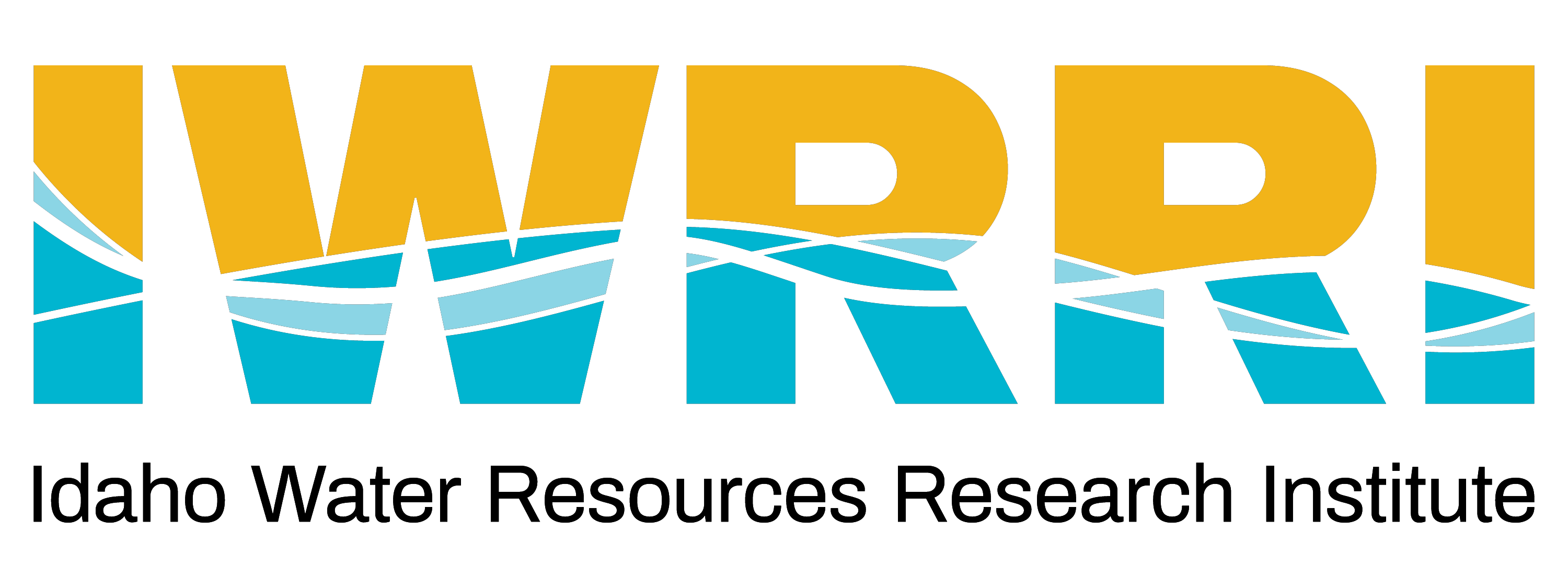Boise State University faculty Anna Bergstrom and her team investigated rain and snowmelt contributions to streamflow in the Mores Creek Watershed spanning the rain-snow transition zone in southwestern Idaho. Researchers commonly use naturally occurring water isotopes to track water sources allowing for the quantification of if streams are sourced from rain or snow. By developing new approaches to define rain and snow isotopic signatures, Bergstrom and team found that streamflow contribution estimates can vary by up to 20%, depending on the method used. These findings have significant implications for water forecasting and resource planning as warming shifts the rain-snow transition to higher elevations in mountain watersheds.
Similar Posts
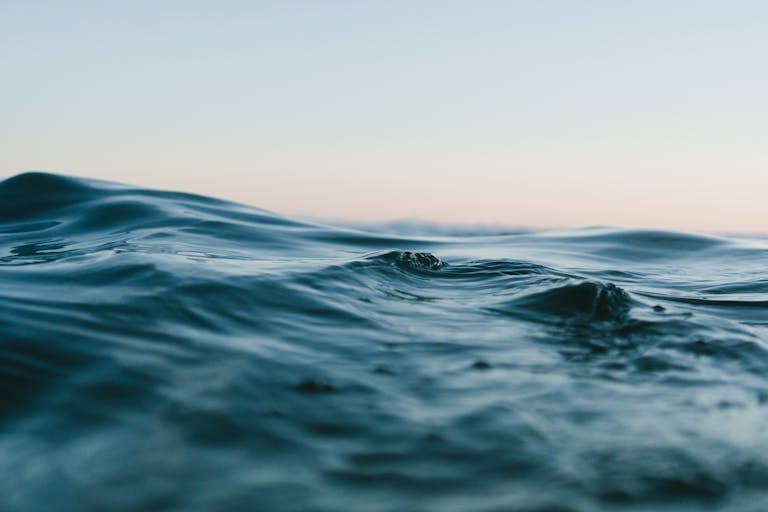
IWRRI Hiring Update
The Idaho Water Resources Research Institute (IWRRI) is in the midst of hiring and we have re-posted the Hydrogeology Research Scientist position. Required Education: PhD in relevant field or MS plus 2 years of experience Timeline: Applications will be reviewed the week of September 29th. Work Location: Idaho Falls or Boise, Idaho. We invite applications from collaborative and innovative researchers committed to interdisciplinary approaches in water science and management. IWRRI scientists will conduct and coordinate community-identified actionable water research with the opportunity…

U Of I Soil and water systems graduate student travels to Uzbekistan to help determine scope of water quality issues
Marina Steiner, a graduate student with Greg Moller in the Soil and Water Systems Department, travels to Uzbekistan to help determine scope of water quality issues, read more.
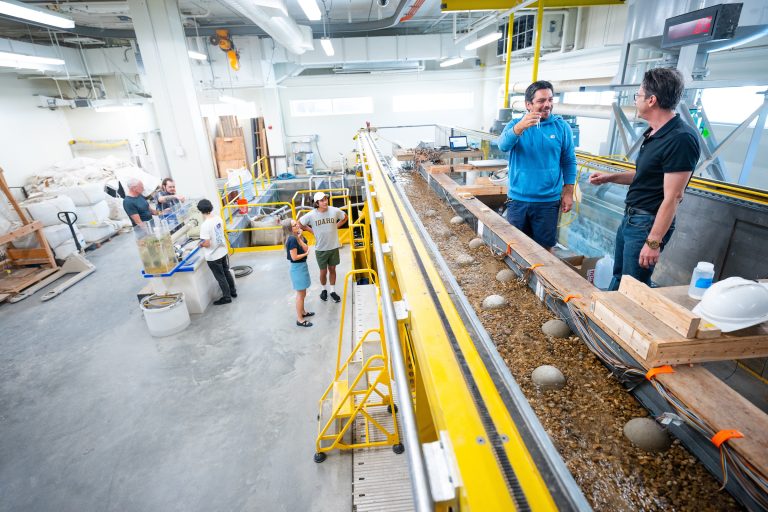
IWRRI Grant Recipients Work on Sediment Transport Physics
Gianluca Blois, a professor of mechanical engineering at the University of Idaho’s Boise campus, works at the Center for Ecohydraulics Research (CER) with students to study how water moves through streams and rivers. Their research focuses on how stationary objects, like plants, affect water flow and the movement of sediments. This study used a specialized laboratory flume—a controlled stream environment—to measure water speed and pressure in aquatic systems. While scientists have long studied how landscape features like riverbanks and terrain…
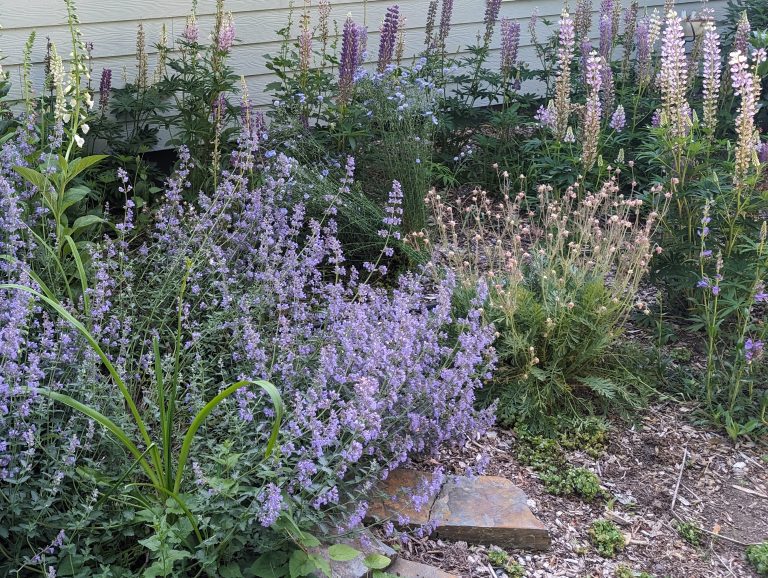
OUR GEM: Water Smart
by William Rettig, Water Efficiency Specialist for the City of Spokane North Idaho summers are made for being outside, whether that’s cooling off in Coeur d’Alene Lake, hiking in the mountains, or tending to the yard, it’s impossible to spend too much time outdoors. But, when it comes to watering your lawn, more isn’t always better. Most people water too much, gaining little benefit for their grass and skyrocketing their utility bills. On average, lawns only need one inch of…
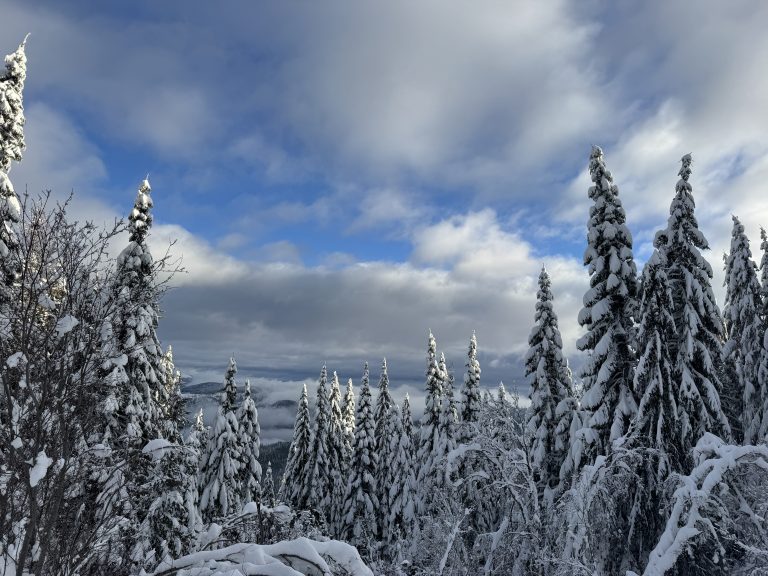
OUR GEM: Drought and Snowpack Update for the Idaho Panhandle
Written by Robin Fox, Service Hydrologist for the National Weather Service – Spokane After a dry and mild fall, many were looking forward to an increase of moisture across northern Idaho to lessen the drought impacts that have persisted for the last two years. Since last fall, the National Weather Service’s (NWS) Climate Prediction Center (CPC) has been advertising wetter than normal conditions for the winter season across the Inland NW with the arrival of La Niña. The rounds of…
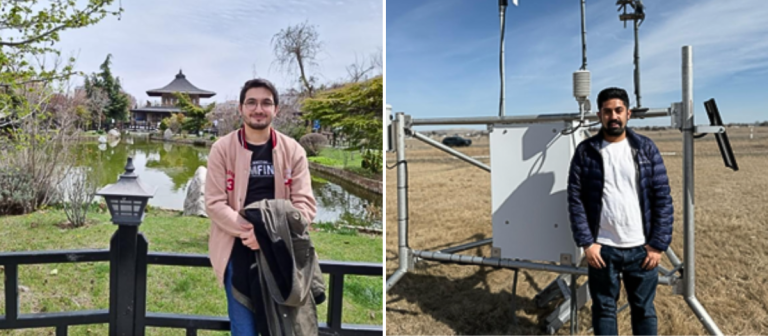
2025 recipients of the Joseph Jordan IWRRI Student Research Fellowship
The Idaho Water Resources Research Institute is proud to announce the 2025 recipients of the Joseph Jordan IWRRI Student Research Fellowship, Dinesh Gulati and Turker Anlaroglu. Established by the family of Joseph Jordan, the fellowship provides financial assistance and hands-on experience to University of Idaho students pursuing careers in water resources management. Fellows work directly with agencies, Tribes, nonprofits, and industry partners to address real-world water challenges. This year, both students contributed to a WaterSMART-funded project in collaboration with the…
